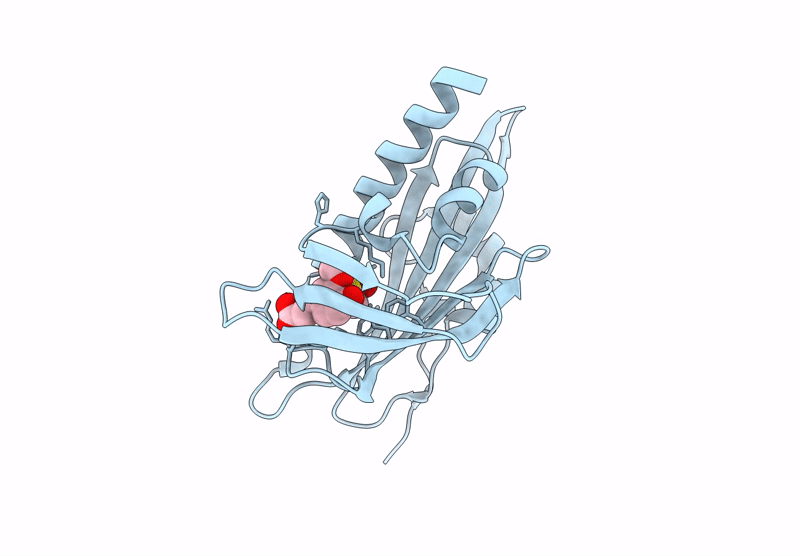
Deposition Date
2025-03-19
Release Date
2025-07-02
Last Version Date
2025-07-02
Entry Detail
Biological Source:
Source Organism:
Solanum lycopersicum (Taxon ID: 4081)
Host Organism:
Method Details:
Experimental Method:
Resolution:
2.00 Å
R-Value Free:
0.26
R-Value Work:
0.22
R-Value Observed:
0.22
Space Group:
P 32 2 1


